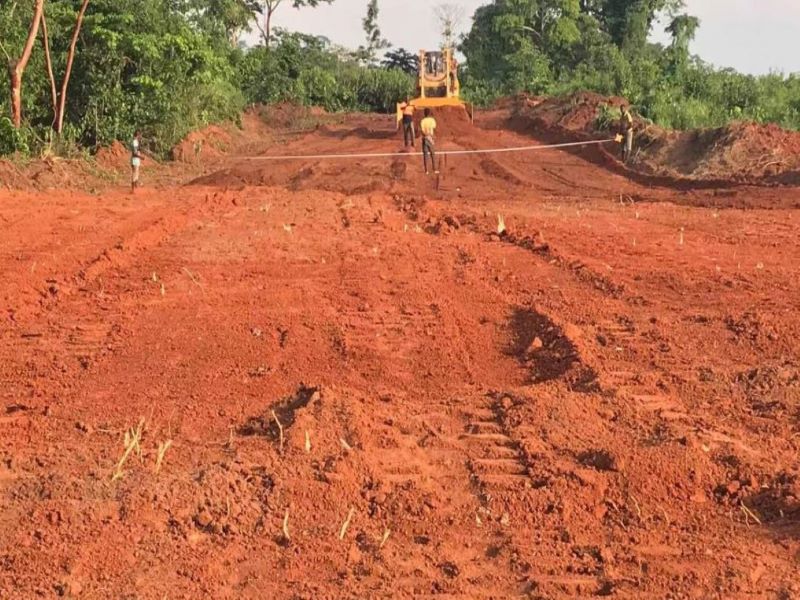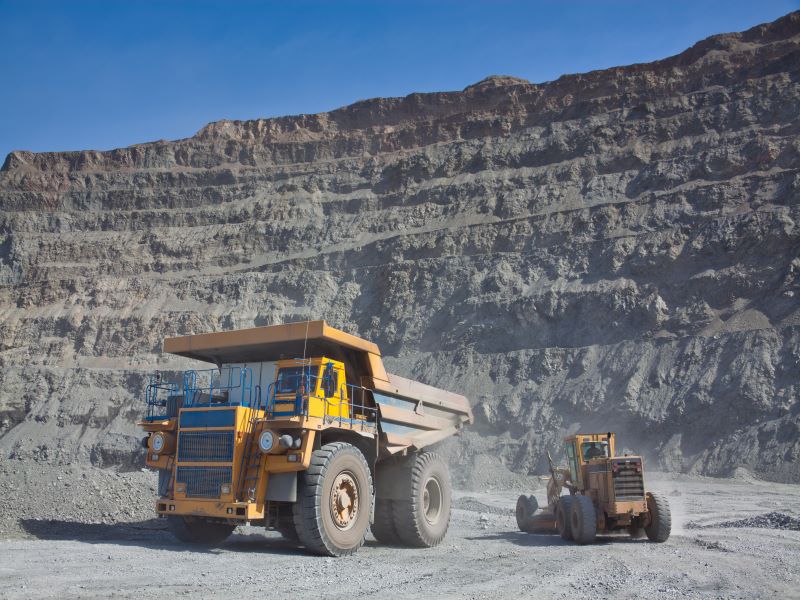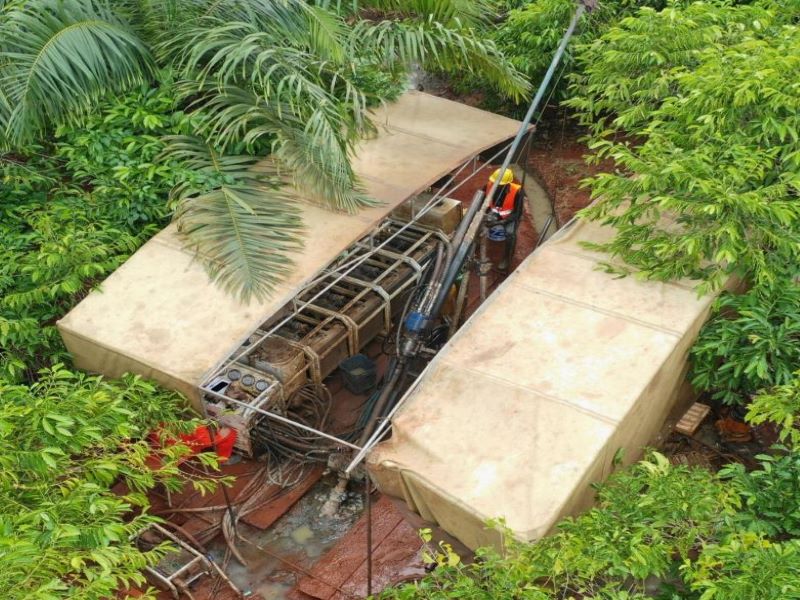The Abujar Gold Project is an open-pit gold mine being developed in Côte d’Ivoire, West Africa, by Australian exploration company Tietto Minerals.
Through its 90%-owned subsidiary Tiebaya Gold, Tietto Minerals applied for a mining licence within the Abujar Middle Tenement in July 2020. It received the licence in December 2020. Tietto Minerals has an 88% interest in the mining licence of the Abujar gold project. The Côte D’Ivoire Government owns a 10% share in the licence while the remaining 2% is held by local partners.
A definitive feasibility study (DFS) for the project was completed in October 2021, which highlighted a mine life of 11 years with an estimated pre-production capital investment of approximately $200m.
The project is expected to be commissioned by the fourth quarter (Q4) of 2022.
Abjufar Gold Project location and geology
The Abujar Gold Project is located approximately 30km away from the city of Daloa in central-western Côte d’Ivoire. The nearest tarred road and grid power connections are located approximately 15km from the site.
The gold mining project encompasses 1,114km² and includes three contiguous exploration tenements, namely Middle, South, and North. It comprises a north-northeast orientated gold corridor across the three tenements with a strike length of more than 70km.
The area is located within the Proterozoic-era Birimian rocks of the Leo-Man Shield in the south-east portion of the West African Craton. It is enclosed to the west of the major curved Sassandra Fault, which extends west-northwest.
Pink granites and basic-ultrabasic complex intrude the project, which is dominated by grey gneiss and tonalite, trondhjemitic to charnokites, and greenstone metamorphosed to granulite facies, and banded quartzite, with magnetite and biotite migmatites.
Abujar gold project mineralisation and reserves
The mesothermal granodiorite-hosted gold mineralisation within the deposit occurs primarily in linear domains with weak to severe alteration depending on the development of the system.
The probable mineral reserves at the Abujar project based on the Abujar Gludehi (AG) and the Abujar-Pischon-Golikro (APG) satellite deposits, which are located 8km apart, were estimated at 34.4 million tonnes (Mt) grading 1.3g/t of gold, with contained metal of 1.45 million ounces (Moz), as of September 2021.
Mining methods
The Abujar Gold Project will be developed as an open-pit mining operation utilising hydraulic backhoe excavators, and off-highway rear-dump trucks. The drilling and blasting of ore and waste material will be implemented on 5m benches and 2.5m flitches, while bulk waste areas may be drilled in 10m benches. The mine will also utilise 10m benches for definitive split drilling and wall control in fresh rock.
The mine plan for the AG deposit comprises the AG Main pit, North pit, and multiple Southern pits. The project value is mainly based on the production from the Main pit and South 1 pit.
The proposed production target is 4Mt of run-of-mine (ROM) ore a year with gold production averaging at 200,000oz a year over the first six years of production. The mining activity will include six months of establishment and pre-strip operations, including four months of pre-strip mining for a high-grade gold stockpile.
The project will include ten years of production while the final year will be used to reclaim the stockpile.
Ore processing at Abujar Gold Project
The project will have a processing plant with a design throughput capacity of four million tonnes per annum (Mtpa). The ROM ore will be crushed in a primary jaw crusher, which will feed a semi-autogenous grinding (SAG) mill. The crushing plant design envisages the use of a Metso C150 jaw crusher or its equivalent.
The discharge from the primary crusher will be transferred through the stockpile feed conveyor to the crushed ore stockpile, which feeds the SAG mill. The screen oversize will be sent to the pebble crushing circuit from where the crushed material will be conveyed back onto the mill feed conveyor.
The slurry from the milling circuit will be pumped to a 14-outlet cyclone cluster. The cyclone overflow with a size P80 of 115µm will feed the carbon-in-leach (CIL) circuit.
The CIL train will feature seven tanks 14.3m in diameter and 16.3m-high each. The ore will report to an elution circuit where carbon stripping will be performed using a Split Anglo American Research Laboratory (AARL) system.
The pregnant solution will be fed to electrowinning cells. The steel wool cathodes will be oxidised in a calcine oven. The resulting product will undergo smelting in a diesel-fuelled barring furnace to produce gold dore bars.
Infrastructure at Abujar Gold Project
The project is currently accessible from Daloa via the sealed A6 highway followed by unsealed roads. An improved, 19km-long and 3.5m-wide dual-lane site access road will be constructed from the A6 motorway to the project area.
A 270-person accommodation camp will be constructed adjacent to the process plant. Raw water will be supplied from a water storage dam and pumped to a 12,000m³ raw water pond. An 18,000m³ process water pond will supply process water while potable water will be supplied from a water treatment plant fed by a local bore field to a storage tank at the plant.
The electricity needs of the mine will be met from the 90kV Daloa substation, which is located 30km from the project site, via a new 90kV transmission line to a 90/11kV switchyard near the processing plant.
Contractors involved
Engineering group Primero was awarded a contract to provide process and engineering design, procurement management, and commissioning services for the CIL plant.
The metallurgical test work for the DFS was conducted by ALS Global while Daniel and Morrell Comminution Consulting was engaged for the comminution modelling studies.
Australian mining consultant Dempers & Seymour was contracted for the geotechnical assessment of open-pit and underground workings.
Powerline and electrical assessments were undertaken by ECG Engineering.
Leading air pollution control system supplier Envitech was appointed to perform flora and fauna surveys. It was also responsible for environmental permitting.
Studies for the tailings storage facility (TSF) and site water management were performed by Knight Piésold.
Australia-based mining consultant Mintrex was responsible for study management, process plant and infrastructure design, and metallurgical overview for the DFS.
The resource estimation, mine planning, and ore reserve statement were provided by RPM Global while Sahara Geoservices was responsible for surface surveys.






